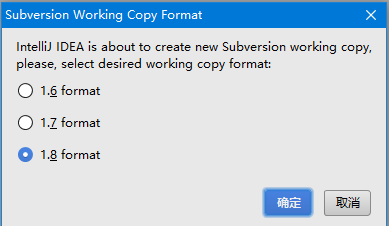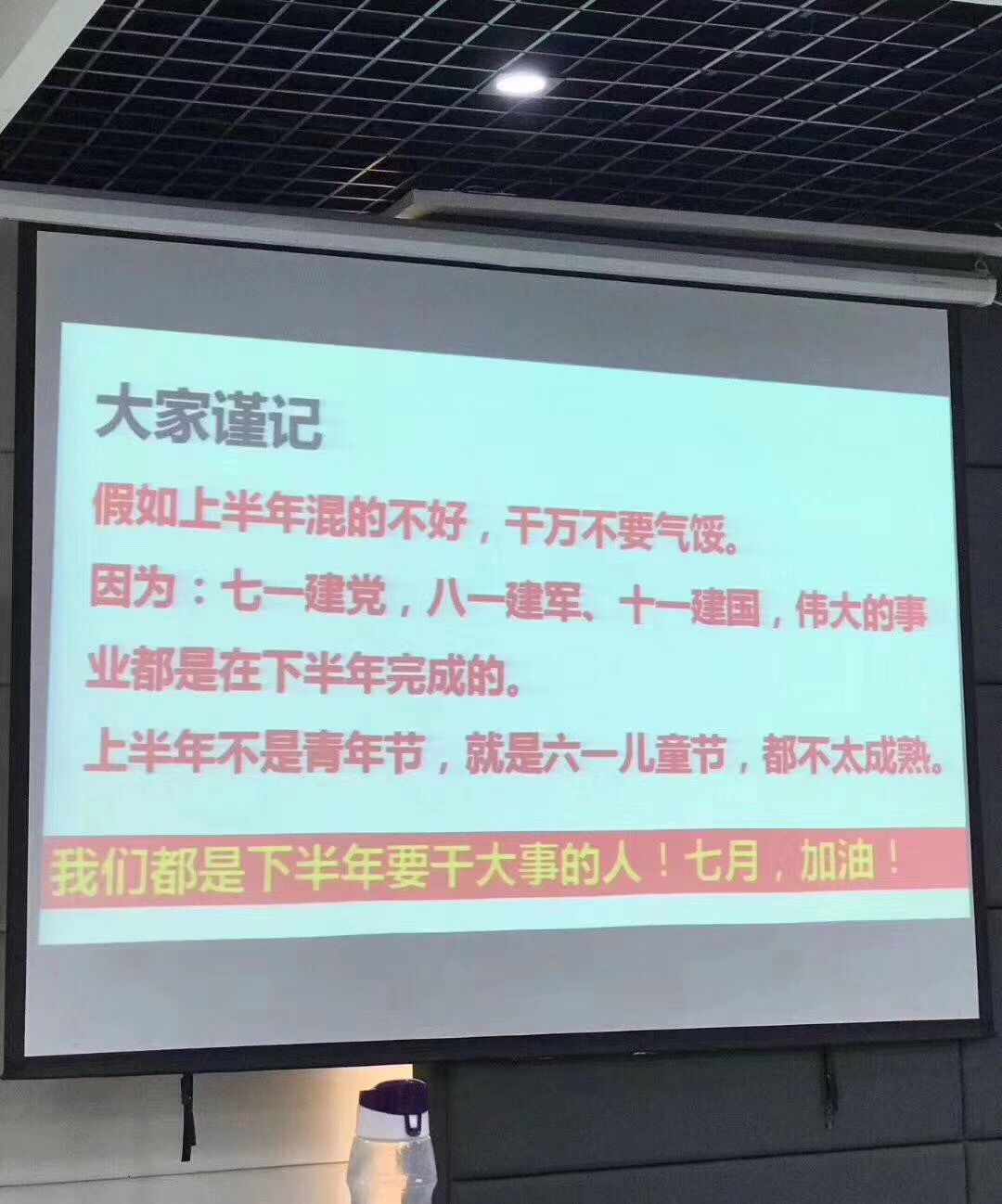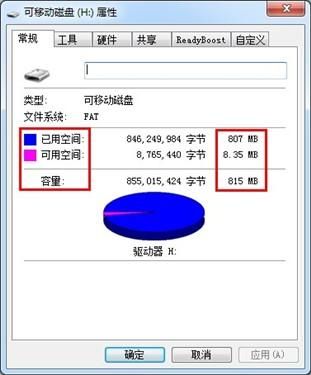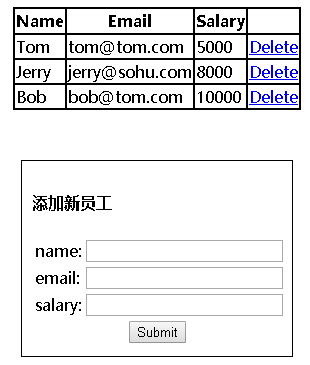初识Netty三(基于MessagePack实现编解码)
MessagePack介绍
目前主要的编解码:
- Java序列化
- Marshalig
- XML
- JSON
- MessagePack
- Protobuf
…
本次编解码是使用 MessagePack实现的,MessagePack主要优点:
- 高效
- 跨语言
官网解释:
更多介绍请自行查看官网
MessagePack 使用
引入依赖
<dependency><groupId>org.msgpack</groupId><artifactId>msgpack</artifactId><version>0.6.12</version></dependency>
MessagePack 编解码使用起来非常方便,像这样
@org.junit.Testpublic void test() throws Exception{List<String> list = Lists.newArrayList();list.add("msgpack");list.add("kumofs");list.add("viver");MessagePack msgpack = new MessagePack();// Serializebyte[] raw = msgpack.write(list);// Deserialize directly using a template(直接使用模板反序列化)List<String> list1 = msgpack.read(raw, Templates.tList(Templates.TString));list.forEach(s -> System.out.println(s));}
基于 MessagePack 编解码器实现
编码器
public class MsgPackDecoder extends MessageToMessageDecoder<ByteBuf> {@Overrideprotected void decode(ChannelHandlerContext channelHandlerContext, ByteBuf byteBuf, List<Object> list) throws Exception {final byte[] array;final int length = byteBuf.readableBytes();array = new byte[length];// 获取数据包 byteBuf中的byte数组byteBuf.getBytes(byteBuf.readerIndex(), array, 0, length);MessagePack msgpack = new MessagePack();//调用 msgpack.read 反序列化然后加入到list中list.add(msgpack.read(array));}}
解码器
/** * @author WH * @version 1.0 * @date 2020/5/28 23:49 * @Description MsgPackEncoder 继承 MessageToByteEncoder * 它负责将Object类型的POJO对象编码为byte数组,然后写入到ByteBuf中 */public class MsgPackEncoder extends MessageToByteEncoder<Object> {@Overrideprotected void encode(ChannelHandlerContext channelHandlerContext, Object o, ByteBuf byteBuf) throws Exception {MessagePack msgpack = new MessagePack();//Serializebyte[] raw = msgpack.write(o);byteBuf.writeBytes(raw);}}
客户端实现
EchoClient
public class EchoClient {public static void main(String[] args) {EventLoopGroup group = new NioEventLoopGroup();try {Bootstrap b = new Bootstrap();b.group(group).channel(NioSocketChannel.class).option(ChannelOption.TCP_NODELAY, true).option(ChannelOption.CONNECT_TIMEOUT_MILLIS, 3000).handler(new ChannelInitializer<SocketChannel>() {@Overridepublic void initChannel(SocketChannel ch) throws Exception {ch.pipeline().addLast("frameDecoder",new LengthFieldBasedFrameDecoder(65535,0,2,0,2));ch.pipeline().addLast("msgpack decoder", new MsgPackDecoder());ch.pipeline().addLast("frameEncoder",new LengthFieldPrepender(2));ch.pipeline().addLast("msgpack encoder", new MsgPackEncoder());ch.pipeline().addLast(new EchoClientHandler(10));}});//发起异步连接操作ChannelFuture f = b.connect("127.0.0.1", 8080).sync();//等待客户端链路关闭f.channel().closeFuture().sync();} catch (Exception e) {e.printStackTrace();} finally {//优雅退出,释放NIO线程租group.shutdownGracefully();}}}
EchoClientHandler
@Slf4jpublic class EchoClientHandler extends ChannelHandlerAdapter {private final int sendNumber;private static List<User> users;public EchoClientHandler(int sendNumber) {this.sendNumber = sendNumber;users = new ArrayList<>(sendNumber);for (int i = 0; i < sendNumber; i++) {String name = "阿离" + i;User user = new User(name, i);users.add(user);}}public void channelActive(ChannelHandlerContext ctx) throws Exception {for (User user : users) {ctx.write(user);log.info("客户端发送消息为" + user);ctx.writeAndFlush(user);}}public void channelRead(ChannelHandlerContext ctx, Object msg) throws Exception {log.info("接收到服务器的消息: {}", msg);}@Overridepublic void channelReadComplete(ChannelHandlerContext ctx) throws Exception {ctx.flush();}@Overridepublic void exceptionCaught(ChannelHandlerContext ctx, Throwable cause) throws Exception {cause.printStackTrace();ctx.close();}}
服务端实现
EchoServer
public class EchoServer {public static void main(String[] args) {//配置服务端的NIO线程租EventLoopGroup bossGroup = new NioEventLoopGroup();EventLoopGroup workerGroup = new NioEventLoopGroup();try {ServerBootstrap b = new ServerBootstrap();b.group(bossGroup, workerGroup).channel(NioServerSocketChannel.class).option(ChannelOption.SO_BACKLOG, 100).handler(new LoggingHandler(LogLevel.INFO)).childHandler(new ChannelInitializer<SocketChannel>() {@Overridepublic void initChannel(SocketChannel ch) throws Exception{ch.pipeline().addLast(new LengthFieldBasedFrameDecoder(65535,0,2,0,2));ch.pipeline().addLast(new MsgPackDecoder());ch.pipeline().addLast(new LengthFieldPrepender(2));ch.pipeline().addLast(new MsgPackEncoder());ch.pipeline().addLast(new EchoServerHandler());}});//绑定端口,成功同步等待ChannelFuture f = b.bind(8080).sync();//订单服务端监听端口关闭f.channel().closeFuture().sync();} catch (Exception e) {e.printStackTrace();} finally {//优雅退出,释放线程池资源bossGroup.shutdownGracefully();workerGroup.shutdownGracefully();}}}
EchoServerHandler
@Slf4jpublic class EchoServerHandler extends ChannelHandlerAdapter {@Overridepublic void channelRead(ChannelHandlerContext ctx, Object msg) throws Exception {ctx.writeAndFlush(msg);log.info("服务端接受到的消息为:{}", msg);}}
测试


源码下载
https://github.com/weihubeats/netty-student



































还没有评论,来说两句吧...